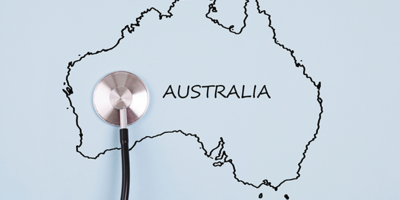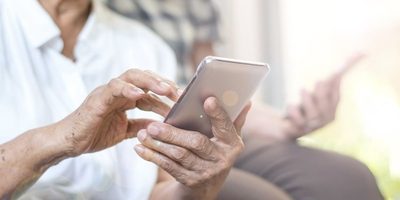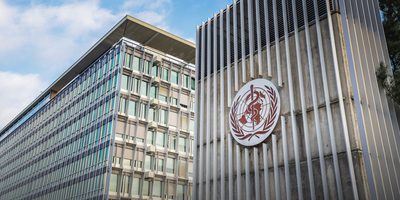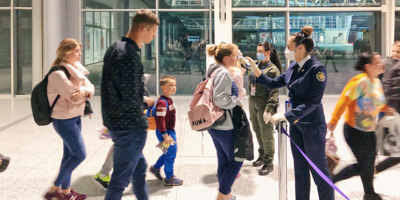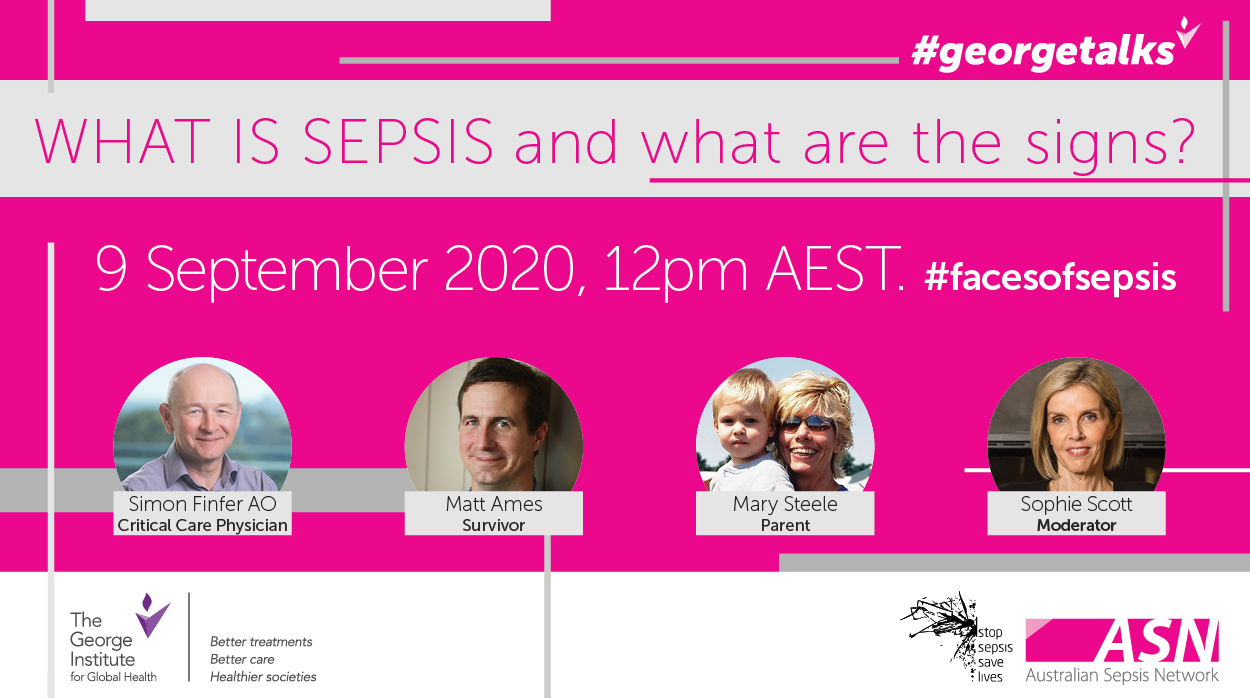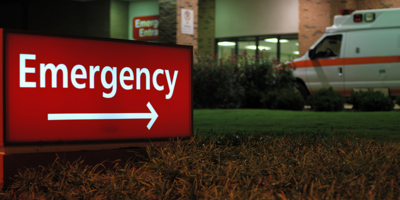On September 9 The George Institute for Global Health and the Australian Sepsis Network hosted a virtual #GeorgeTalks, ‘What is sepsis and what are the signs?’ ahead of World Sepsis Day (September 13).
The virtual event was a panel discussion with Professor Simon Finfer AO, and two sepsis advocates Matt Ames and Mary Steele. The panel was moderated by the ABC’s National Medical Reporter Sophie Scott.
Mary shared the painful experience of how her two- and half-year-old son contracted sepsis and subsequently passed away as a result of the condition.
Matt lost all four of his limbs because of sepsis. He shared how his symptoms started and how he had presented and reached out to several different doctors, yet no one knew what was wrong. His symptoms started with a sore throat, progressed on to a fever and nausea, and he then developed a rash on both his arms.
“It's really about listening to those concerns that people might have,” explained Matt when asked what red flags medical staff may have missed that could have alerted them to the severity of his condition.
Professor Finfer explained that there needs to be an increase in community awareness about sepsis and for healthcare professionals to be aware that it is a time critical emergency requiring immediate action.
The panellists acknowledged that the burden of sepsis falls disproportionately on Aboriginal and Torres Strait Islander peoples and work needs to be done to address this significant inequality.
Catch up on the full #GeorgeTalks webinar here.




